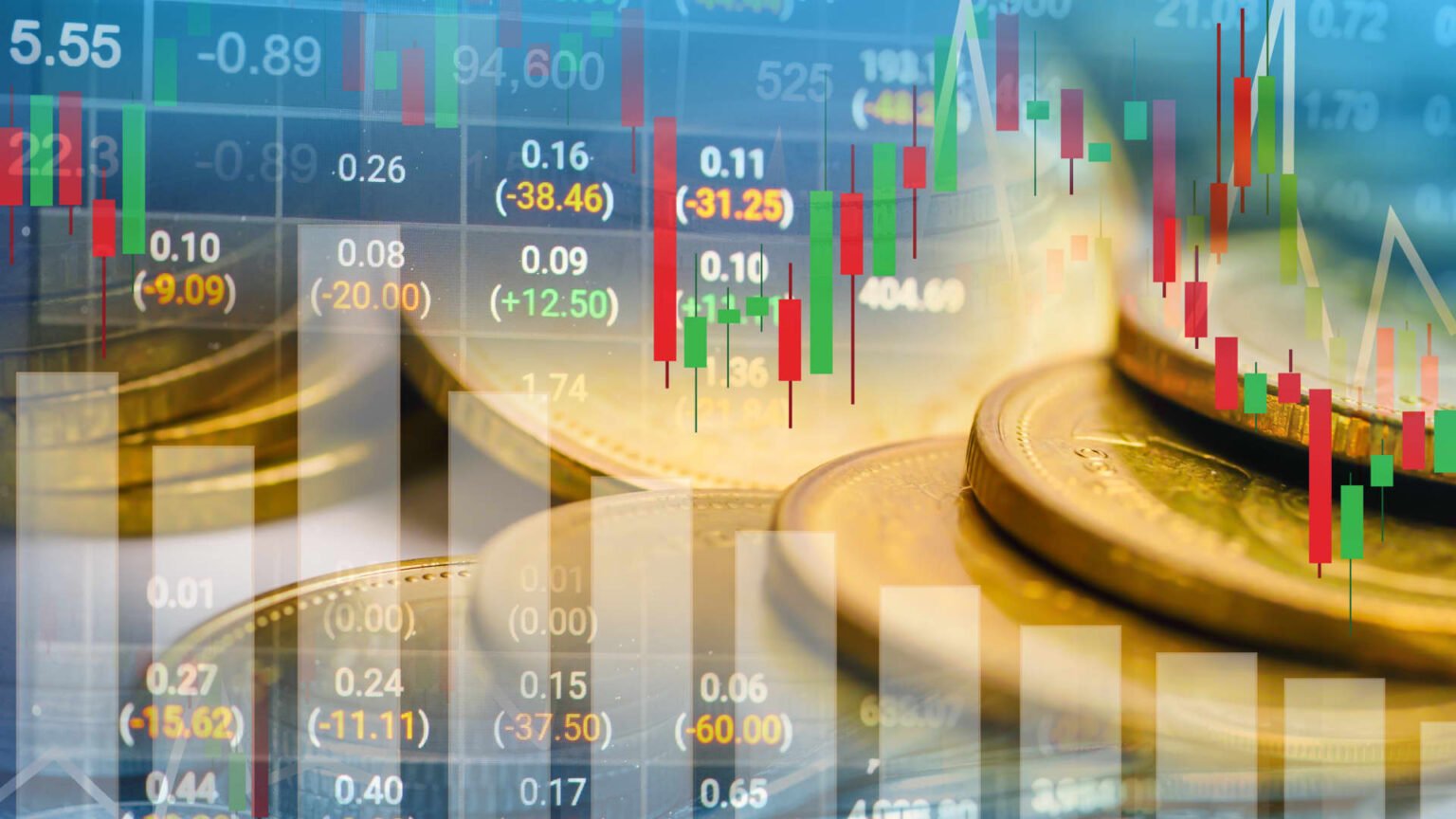Trading in the forex market is fast-paced, ever-changing, and full of opportunities — but also risks. Whether you’re managing your own trades or using a professional forex account management service, monitoring key metrics daily is essential for long-term success.
Similarly to how crypto traders frequently monitor their dashboards at a crypto exchange, forex traders ought to closely monitor some performance metrics. These values enable you to evaluate strategy performance, control risk, and make more informed, data-driven choices.
Following are 8 important metrics that every forex trader must monitor on a day-to-day basis:
1. Account Balance
Let’s begin with the fundamentals — your account balance. This is the sum of funds in your forex account prior to factoring in any open positions. Make sure to review this figure on a daily basis to know how much capital you have at hand.
If you are utilizing forex account management services, this figure also assists you in considering if your account is increasing consistently in the long term. Consider it your economic baseline.
2. Equity
While your account balance indicates static capital, equity indicates your actual account worth in real-time, accounting for open positions. Equity is determined as:
Equity = Account Balance + Floating (Unrealized) Profits or Losses
It’s crucial to monitor equity in order to know your actual exposure in the market. Equity constantly fluctuates, particularly in volatile market conditions — much like your wallet value could be moved should you be trading on a crypto exchange during a market rally.
3. Margin Level (%)
Margin is what enables you to manage big positions in trades with little capital. But it’s a two-sided sword. That’s why Margin Level (%) is an important risk indicator.
Margin Level (%) = (Equity / Used Margin) x 100
A margin level below 100% may trigger a margin call — a warning to deposit more funds or close positions. Most brokers recommend maintaining a level above 200% for safety. For traders using forex account management, ensure your manager is keeping your margin at a healthy level to avoid forced liquidation.
4. Open Positions (and Their Performance)
Following open positions — both value-wise and quantity-wise — provides you with your current market exposure.
Ask yourself:
- Are your open positions diversified across multiple currency pairs?
- Are you overexposed to any single currency or trend?
- How are your open trades doing currently?
Similar to a crypto exchange portal where traders are reviewing their active crypto holdings, forex traders need to watch for open trades to fine-tune risk and optimize entries and exits.
5. Drawdown (DD)
Perhaps the most revealing measurement in trading performance is drawdown — the measure of peak-to-trough decrease in your account equity for the course of a trading cycle.
High drawdown = greater risk. Professional forex account management and skilled traders seek to maintain minimal drawdowns. Suppose your maximum equity was $10,000 and your current equity is $8,000. The drawdown is 20%.
Monitoring daily drawdown prevents ruinous losses and promotes responsible trading.
6. Win Rate (Success Ratio)
Your win rate indicates the number of times your trades are winners. Although not all trades will be winners, a good win rate (usually 50% or more) is a sign of a well-designed strategy.
Formula:
Win Rate = (Number of Winning Trades / Total Trades) x 100
But don’t fixate on this number in isolation. Some plays are less than 50% successful but still make money because the risk/reward ratio is good. Both numbers are important — just as cryptocurrency traders tend to care most about long-term ROI over daily price fluctuations.
7. Risk-to-Reward Ratio
And on that note — your Risk-to-Reward (R:R) Ratio is an important daily reality check.
If you’re risking $50 to gain $150 on a trade, your R:R ratio is 1:3. You can lose a couple of trades and still finish ahead. Favorable R:R ratios consistently are what differentiate traders from gamblers.
Make sure that your daily trades have your minimum risk-reward requirements, and if you’re with a forex account management company, request openness about this metric in your account statements.
8. Swap Fees / Overnight Charges
Depending on your broker and the length of your trades, swap fees (also referred to as rollover fees) can nibble away at your profits — particularly if you leave positions overnight or for a number of days.
If you are a swing trader or employing longer-term methods, these costs can quickly add up. Some forex and crypto exchange traders forget this, to their surprise only later when their gain is lesser than they think.
Keeping an eye on swap fees on a daily basis assists you in making the decision of whether to keep a trade open for longer or exiting it prior to rollover time.
Final Thoughts
Monitoring your forex account on a daily basis isn’t about controlling every pip movement, it’s about being aware and in command. Whether you’re trading yourself or using a professional forex account management service, these 8 factors provide you with an overall picture of how your trading activity is doing.
Consider it the same as running a business: you’d never skip a day without seeing how your sales or cash flow were doing. Likewise, your trading account is worth that kind of attention and care.
Like experienced investors who check their crypto exchange dashboards each day, forex traders should adopt a regular practice to check these fundamental metrics — because knowledge, as they say, is profit.







